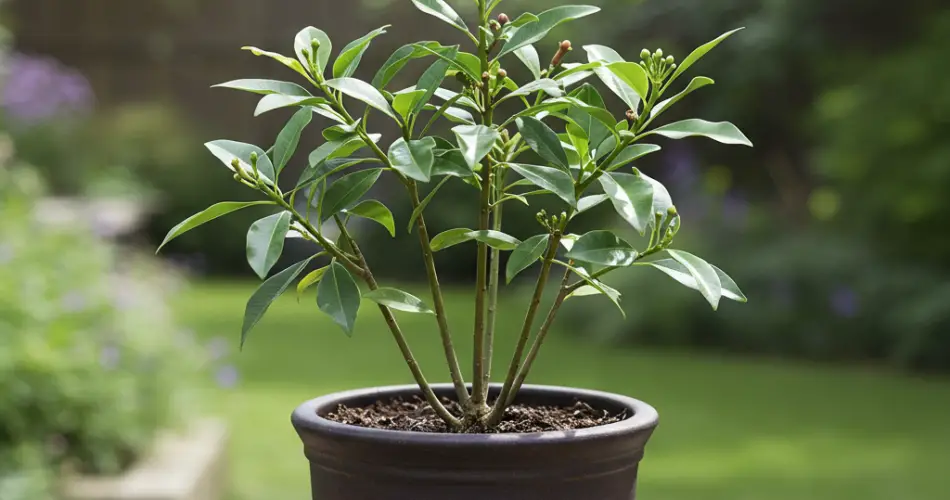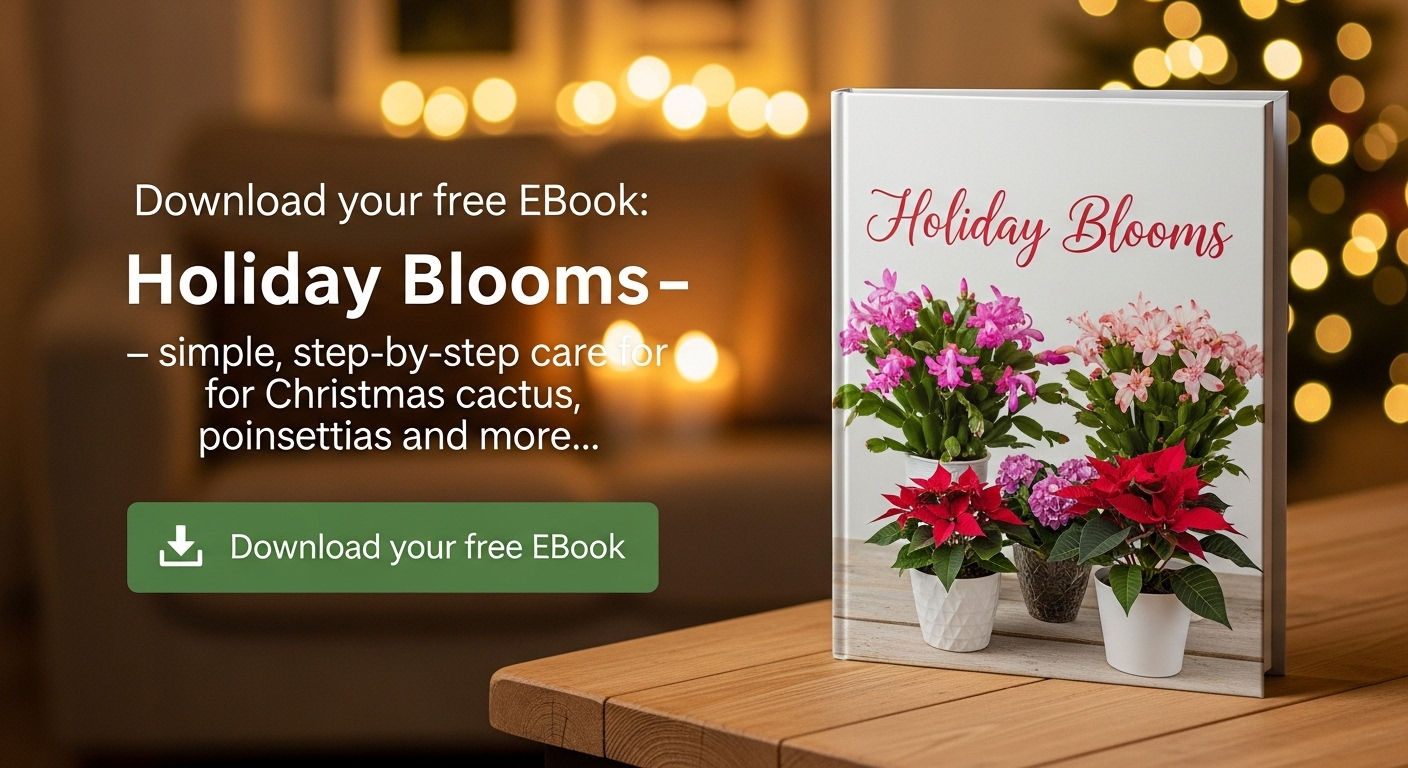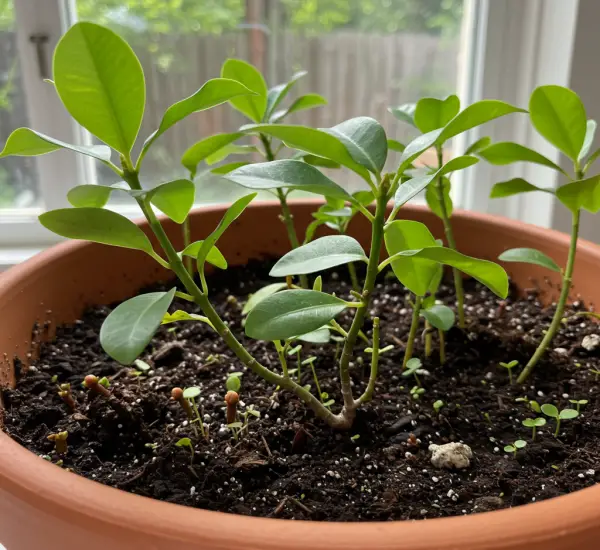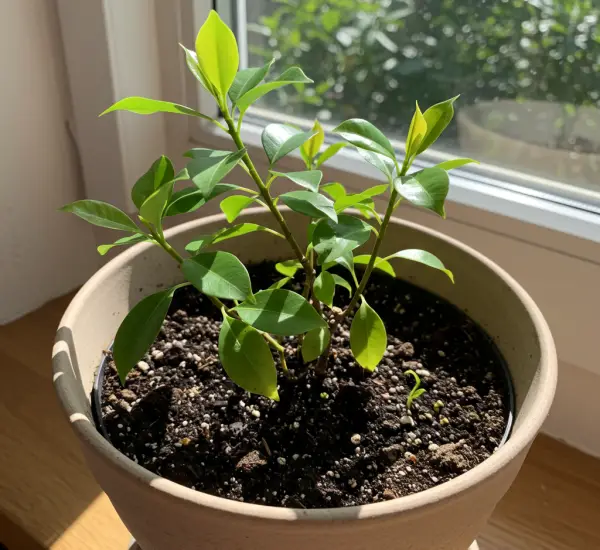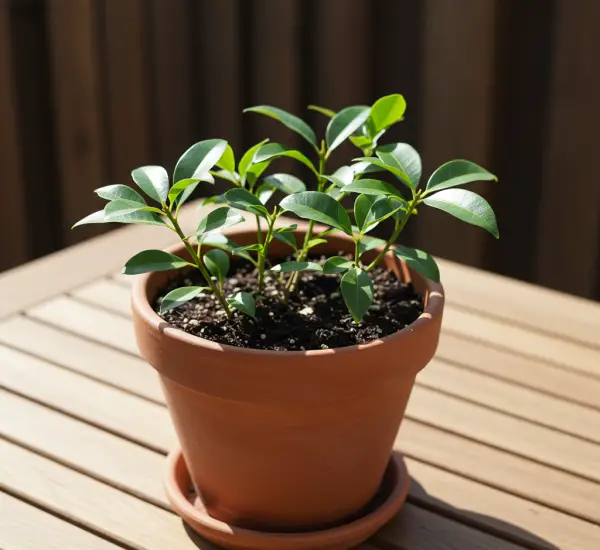Cloves (Syzygium aromaticum) are one of the most aromatic and versatile spices used around the world. Known for their warm, sweet-spicy fragrance and culinary value, cloves are also prized for their therapeutic properties. While typically purchased dried, cloves can actually be grown at home from seed, allowing you to enjoy a continuous supply of fresh, fragrant buds while filling your home with their natural aroma. With the right approach, even beginner gardeners can cultivate these exotic plants successfully. Here’s a comprehensive guide to growing cloves effortlessly at home and ensuring they thrive year-round.
Step 1: Choose High-Quality Clove Seeds
The first step in cultivating cloves is obtaining viable seeds. It is important to note that dried cloves from the spice rack will not germinate—they are no longer alive. Instead, acquire fresh clove seeds from a reputable nursery, garden center, or online supplier. Look for seeds that are plump, slightly moist, and free from mold. High-quality seeds increase the chances of successful germination and healthy seedlings.
Step 2: Prepare Your Pot and Soil
Cloves require fertile, well-draining soil to grow well. Select a pot with drainage holes to prevent waterlogging, which can damage young roots. Fill it with a mix of quality potting soil, compost, and a small amount of sand or perlite to improve aeration and drainage. Lightly moisten the soil so it is damp but not soggy, creating the ideal environment for seeds to germinate.
Step 3: Planting the Seeds
Plant clove seeds about 2 cm deep in the prepared soil. If sowing multiple seeds in one pot, leave 5–7 cm of space between them to prevent overcrowding. Press the seeds gently into the soil, ensuring they are covered but not buried too deeply. To maintain humidity and warmth, cover the pot with clear plastic or a plastic bag, creating a mini-greenhouse effect that encourages germination.
Step 4: Light and Temperature Requirements
Place the pot in a location with bright, indirect sunlight. Direct sunlight can dry out the soil and harm the seeds, so avoid placing them in harsh sun. Clove seeds thrive in warm temperatures between 25°C and 30°C (77°F–86°F). Maintaining consistent warmth and humidity is key, as cloves are tropical plants accustomed to the conditions of their native rainforest habitat.
Step 5: Watering and Early Care
Keep the soil consistently moist by misting lightly once a day, preferably in the morning. Avoid overwatering, as excessive moisture can cause root rot. Germination is gradual; expect green shoots to appear within 3–4 weeks. Once seedlings emerge, gradually remove the plastic cover to allow them to adjust to normal humidity levels and stronger airflow.
Step 6: Transplanting Seedlings
When seedlings reach 10–15 cm in height and have developed several leaves, they are ready to be transplanted into larger pots or into a garden with suitable conditions. Choose a location with partial sunlight and well-draining, nutrient-rich soil. Continue to water consistently, and fertilize lightly with a balanced or organic fertilizer to encourage strong growth. Protect the plants from cold drafts or sudden temperature changes, as cloves thrive in stable, warm environments.
Step 7: Long-Term Maintenance
Cloves are slow-growing and may take 3–6 years to produce flower buds. Patience is essential. Continue to provide consistent watering, moderate sunlight, and light fertilization. Monitor for pests or diseases and maintain good airflow to prevent fungal issues. With proper care, the plants will develop sturdy stems, lush foliage, and eventually fragrant flower buds.
Step 8: Flowering and Harvesting Cloves
Clove plants produce small reddish-brown flower buds that are harvested before opening. These buds are the cloves used in cooking and remedies. Harvest the buds while they are tight and unopened, then dry them in a ventilated area away from direct sunlight. Mature plants will continue to produce these aromatic buds each year, providing a sustainable supply of fresh cloves.
Tips for Success
-
Seedlings vs. seeds: Seedlings may bloom faster, but seeds are more affordable and widely available.
-
Drainage: Proper drainage is essential to prevent root rot.
-
Humidity: Maintain warmth and humidity for successful germination. Mist soil lightly if needed.
-
Patience: Cloves are long-term plants. Consistent care is rewarded with years of fragrant growth.
Conclusion
Growing cloves at home is an enriching and rewarding gardening project. By following these simple steps—from selecting quality seeds to providing consistent care—you can cultivate beautiful, aromatic clove plants in your home. Not only will your space be filled with their natural fragrance, but you will also enjoy a sustainable source of this valuable spice for cooking, remedies, and decoration. With patience and dedication, your cloves will flourish year-round, offering beauty, aroma, and culinary delight for many seasons to come.
